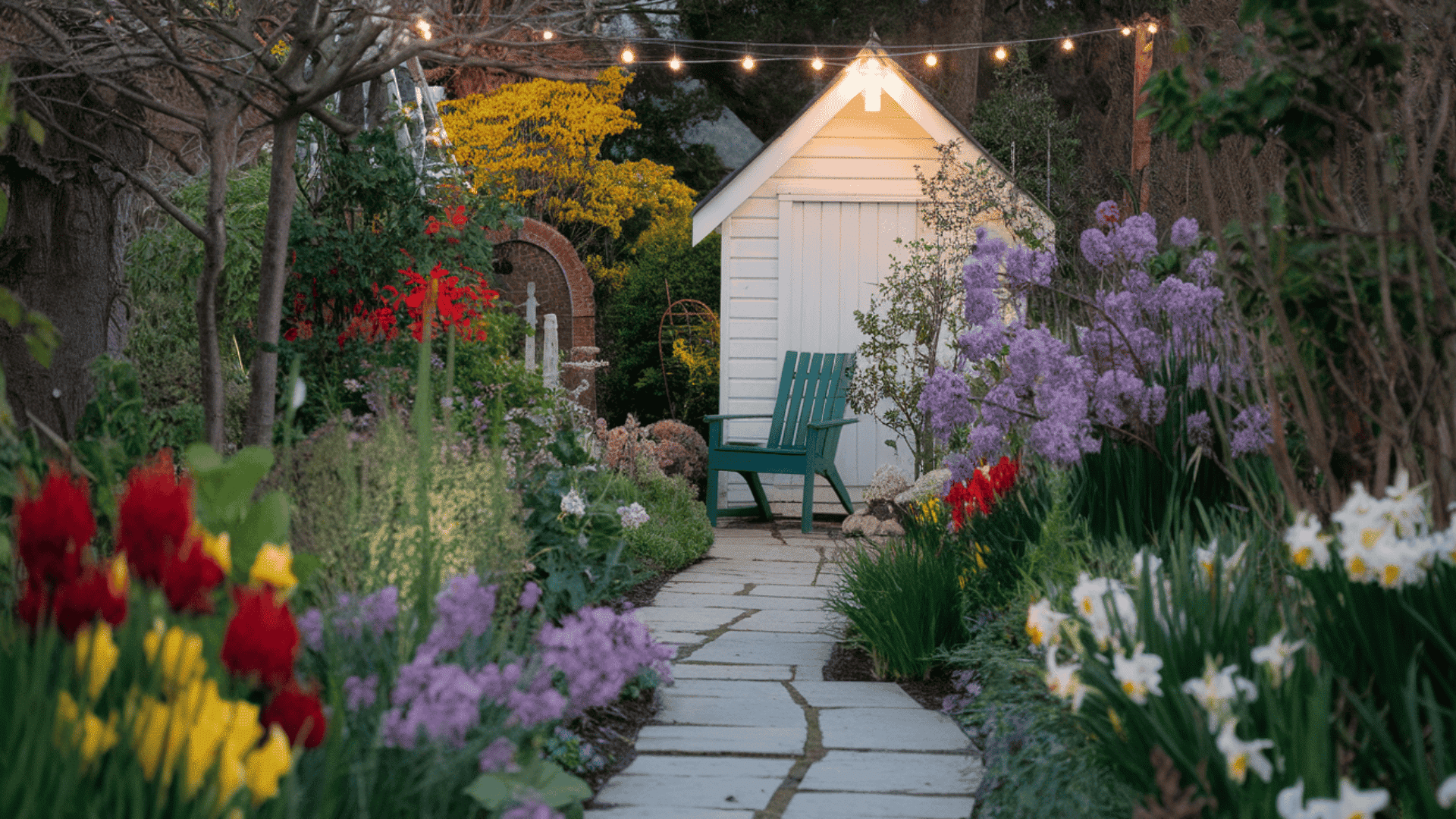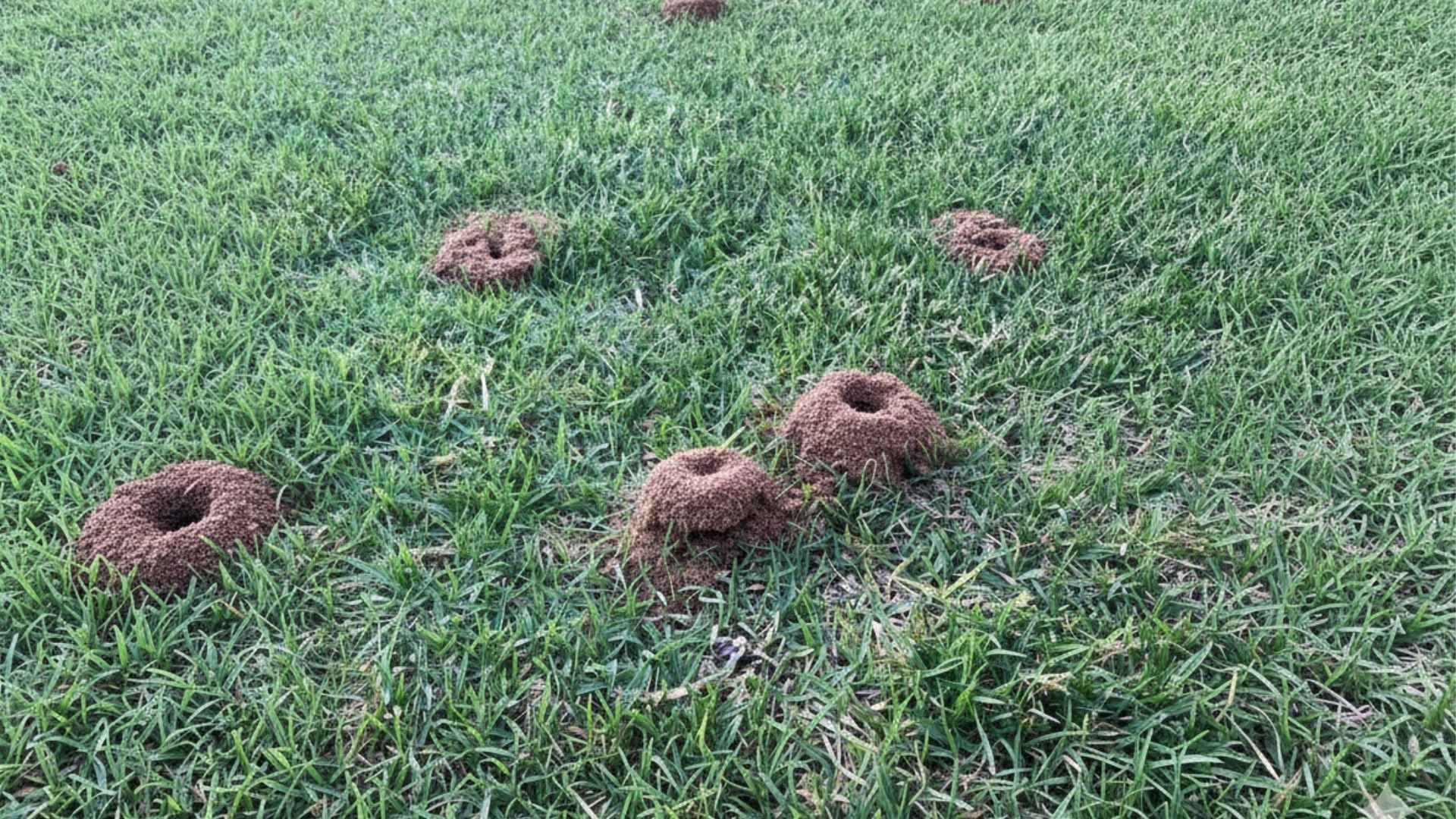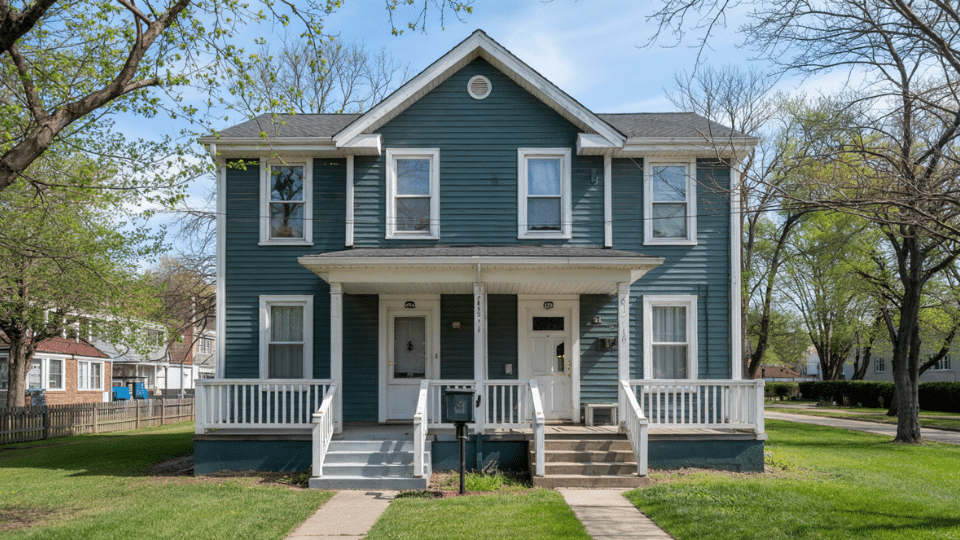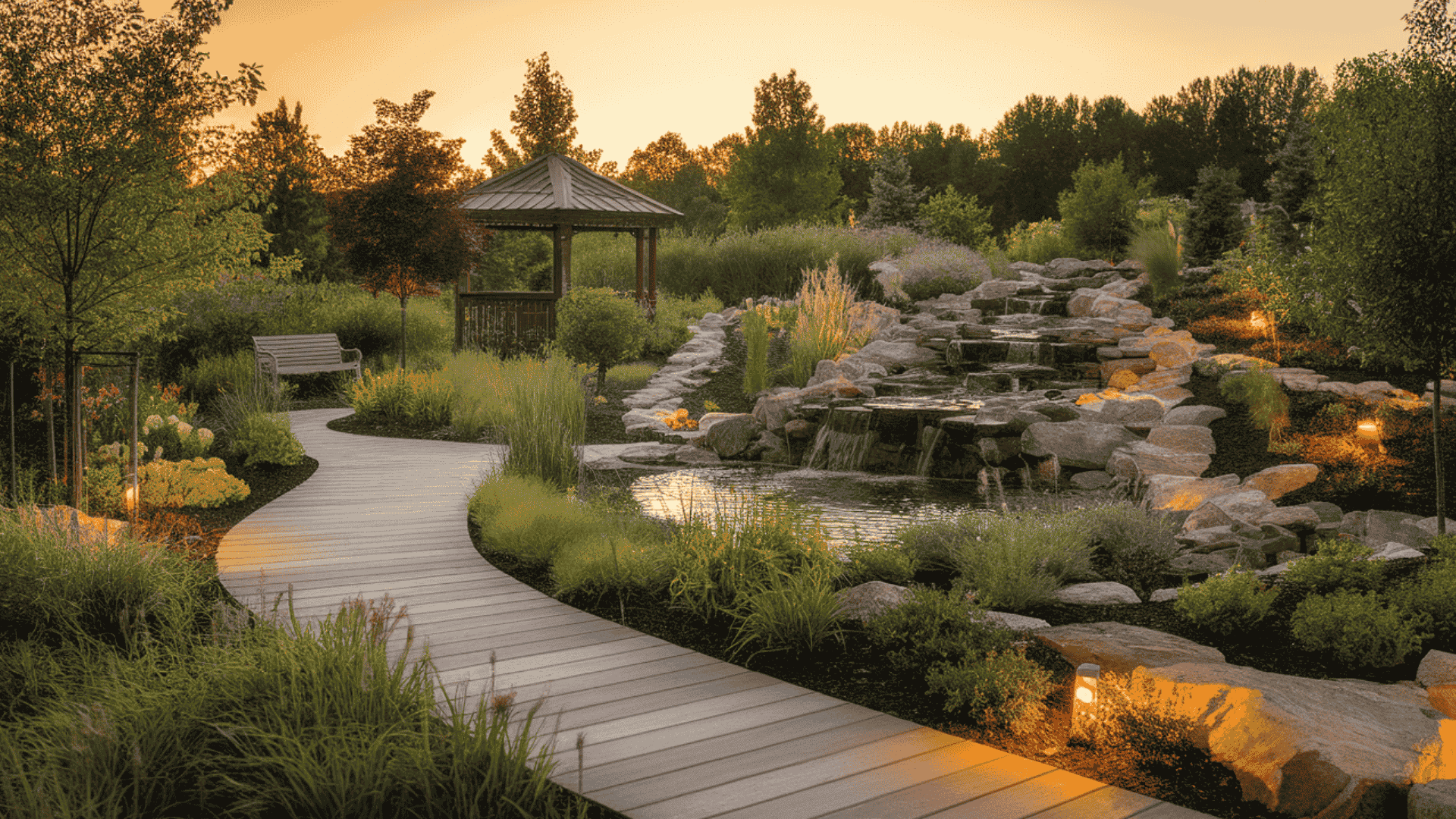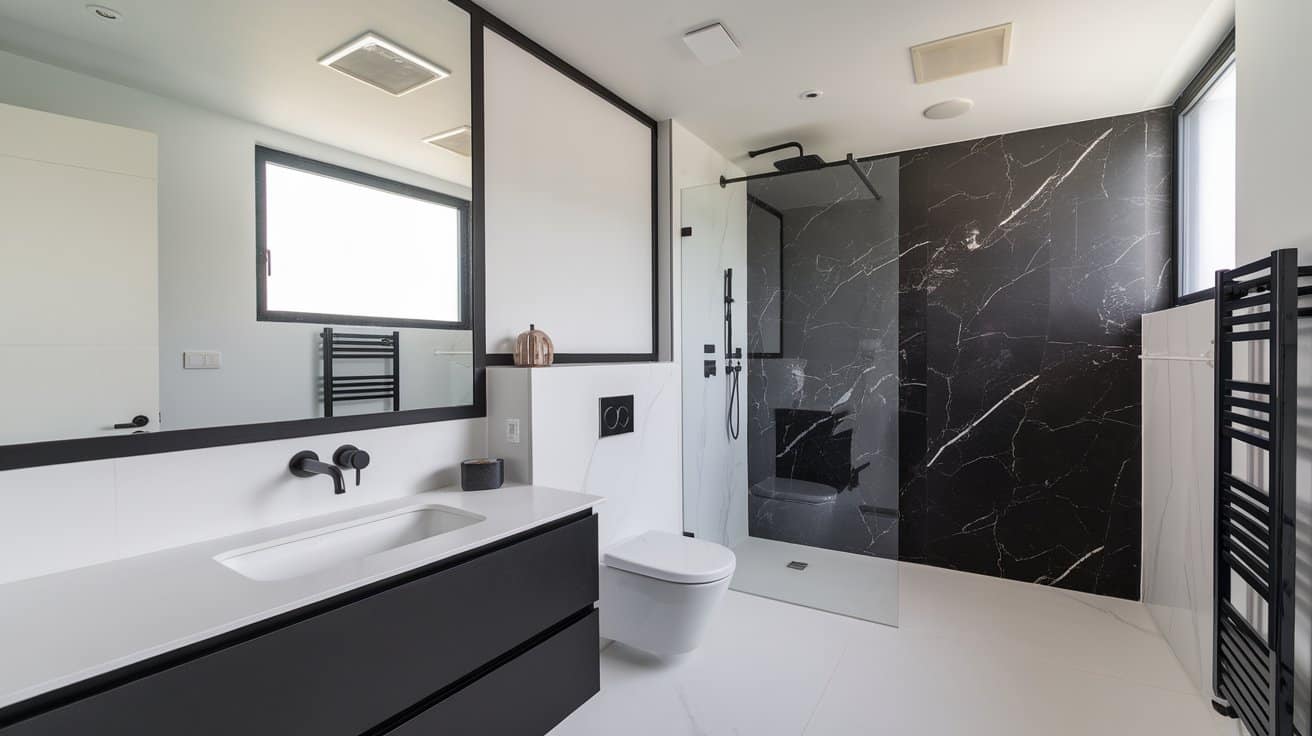Picture your backyard filled with sweet-smelling flowers that bloom from spring through fall.
You know that feeling when you see those dreamy gardens with roses climbing over fences and colorful blooms spilling onto pathways?
That’s the magic of cottage garden plants working together.
Creating this relaxed, natural look is easier than most people think. The secret lies in choosing plants that love each other’s company and can handle a bit of benign neglect.
You’ll learn which cottage garden plants thrive in different conditions, how to arrange them for year-round color, and simple tricks to make your space look like it’s been growing wild for decades.
From fragrant lavender to cheerful daisies, these time-tested favorites will transform any outdoor space into your personal retreat.
What Are Cottage Garden Plants?
Cottage garden plants are flowers, herbs, and shrubs that create a relaxed, informal garden style. Think of plants your grandmother might have grown, such as roses, daisies, lavender, and sweet peas.
These plants share a few key traits. They’re usually easy to care for and can handle some neglect. Most self-seed readily, creating that natural, “wild” look.
They also tend to bloom for long periods and attract bees and butterflies.
The style started with English country cottages centuries ago. Working families grew practical plants, such as herbs and vegetables, alongside pretty flowers.
Space was limited, so every plant had to earn its place.
Cottage gardens don’t follow strict rules about plant placement. This mixed approach creates visual interest and helps plants support each other naturally.
Most cottage garden plants are perennials that return year after year. This makes them budget-friendly once established.
Top 25 Plants To Consider for Your Cottage Garden
These classic plants will give your garden that relaxed, natural cottage look that feels like it’s been growing wild for years. Here are the best cottage garden plants to remake your outdoor space.
1. Roses
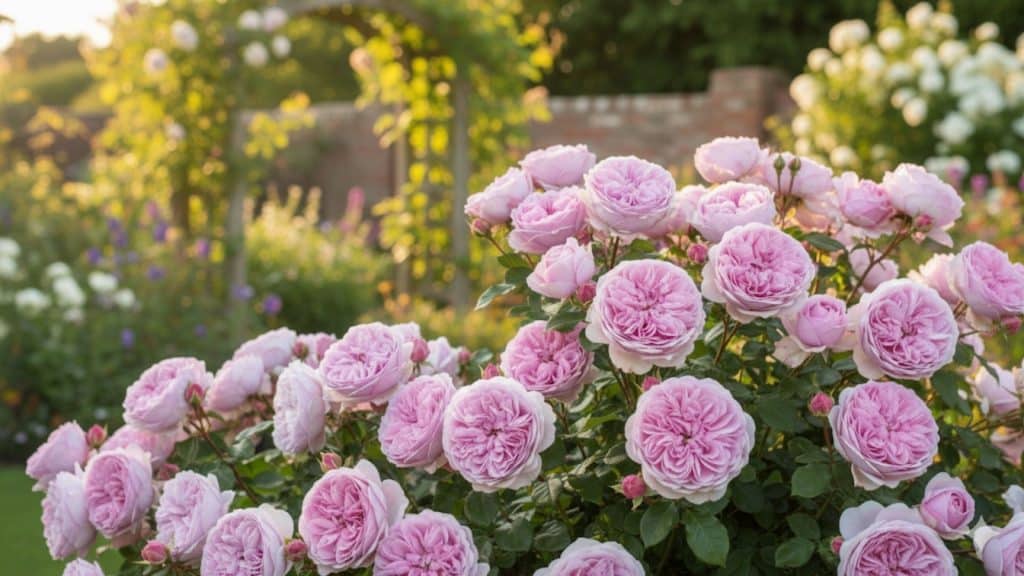
Old English and climbing varieties bring classic romance to any garden. These highly scented classics form the backbone of traditional cottage gardens with their repeat blooming and natural growth habit.
- Exposure: Full sun to partial shade
- Bloom time: Late spring through fall
- Zone: 3-9
- Height: 3-8 feet
2. Delphiniums
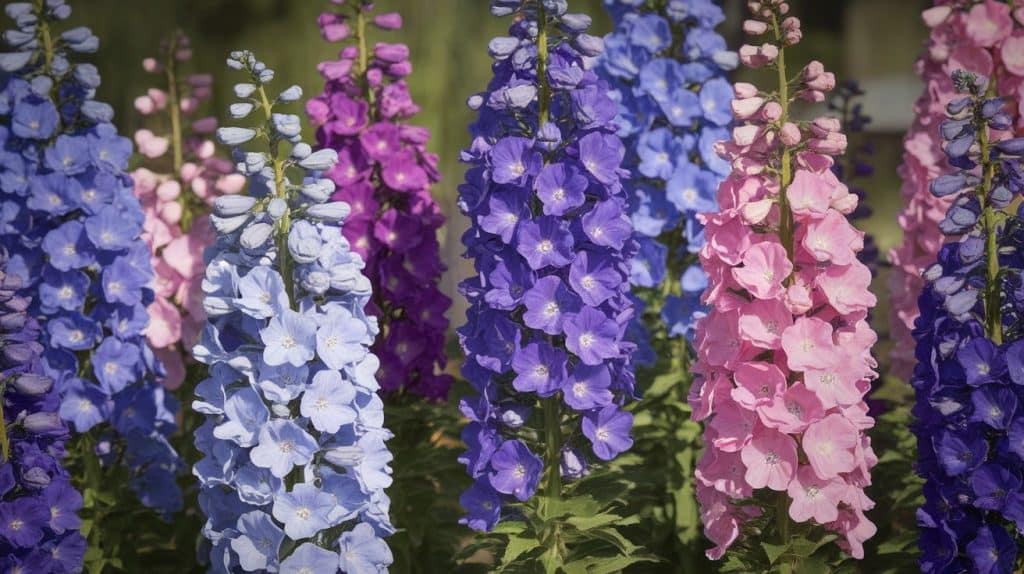
These tall spikes of blue, purple, pink, or white flowers create stunning vertical interest. Perfect for adding height to the back of flower beds or against walls and fences.
- Exposure: Full sun
- Bloom time: Early to mid-summer
- Zone: 3-7
- Height: 4-8 feet
3. Foxgloves
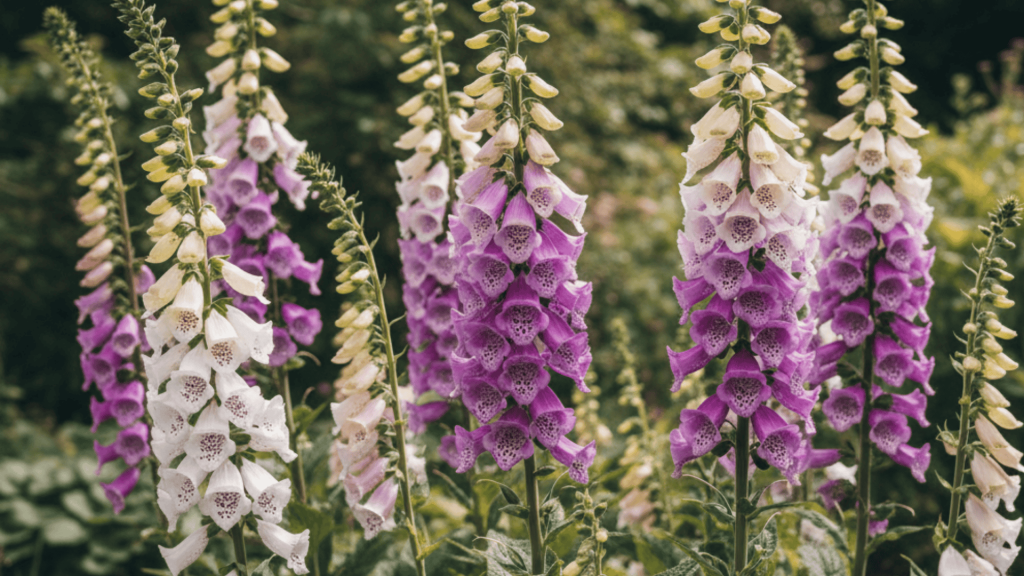
Bell-shaped flowers on tall stems attract hummingbirds and add cottage charm. These biennials scatter seeds easily, ensuring fresh blooms in unexpected spots each year.
- Exposure: Partial shade to full sun
- Bloom time: Late spring to early summer
- Zone: 4-8
- Height: 3-5 feet
4. Hollyhocks
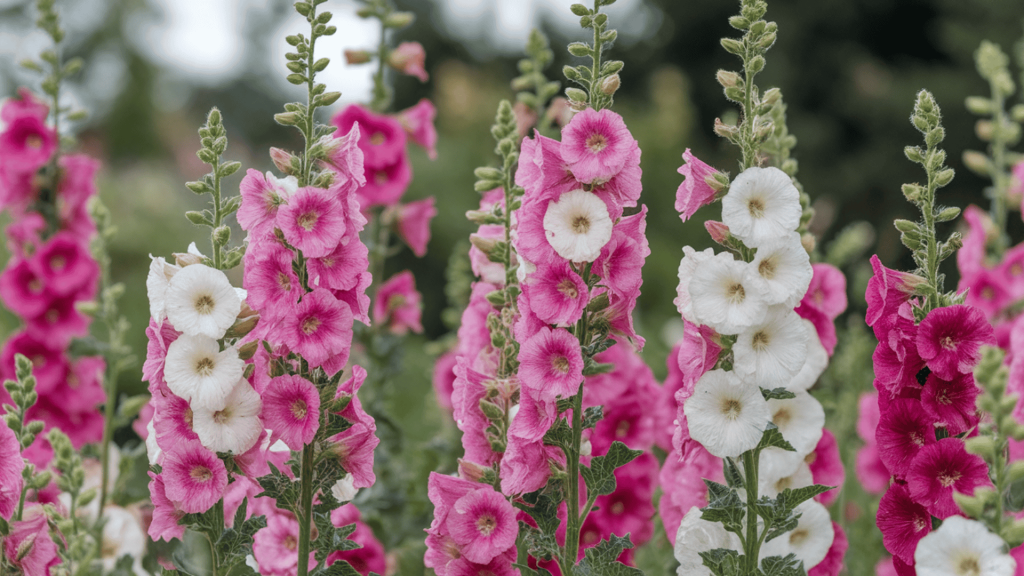
Classic cottage flowers that can reach six feet tall with papery blooms in many colors. They return year after year by dropping seeds naturally and look perfect growing against fences or house walls.
- Exposure: Full sun
- Bloom time: Mid to late summer
- Zone: 3-9
- Height: 5-8 feet
5. Shasta Daisies
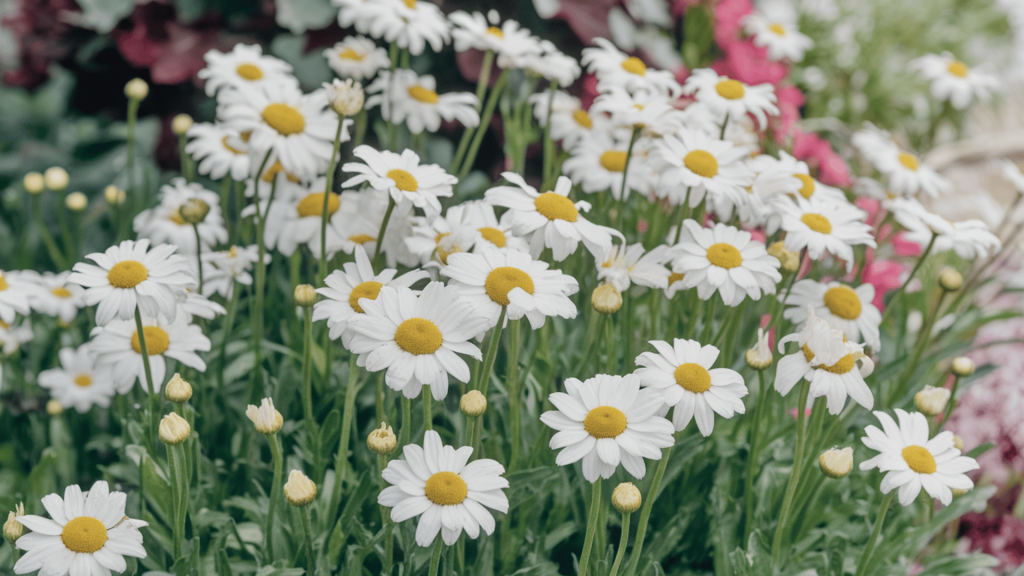
Cheerful white petals with yellow centers bloom for months with regular deadheading. These reliable perennials spread naturally and work well for cutting.
- Exposure: Full sun to partial shade
- Bloom time: Early summer through fall
- Zone: 4-9
- Height: 1-3 feet
6. Coneflowers (Echinacea)
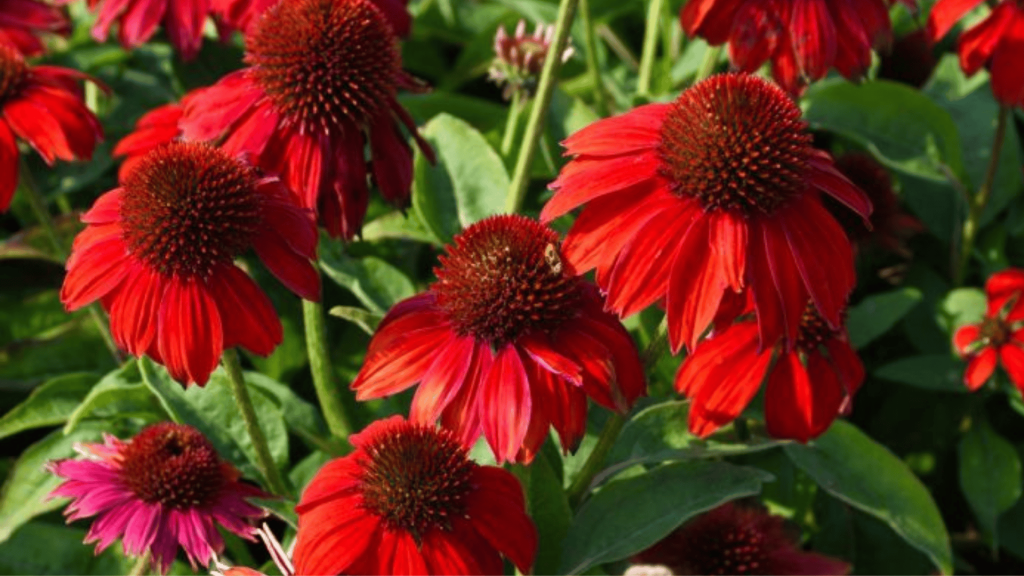
Purple, pink, or white daisy-like flowers with prominent centers attract butterflies and birds. The seed heads provide winter interest and food for wildlife.
- Exposure: Full sun to partial shade
- Bloom time: Mid-summer through fall
- Zone: 3-9
- Height: 2-4 feet
7. Phlox
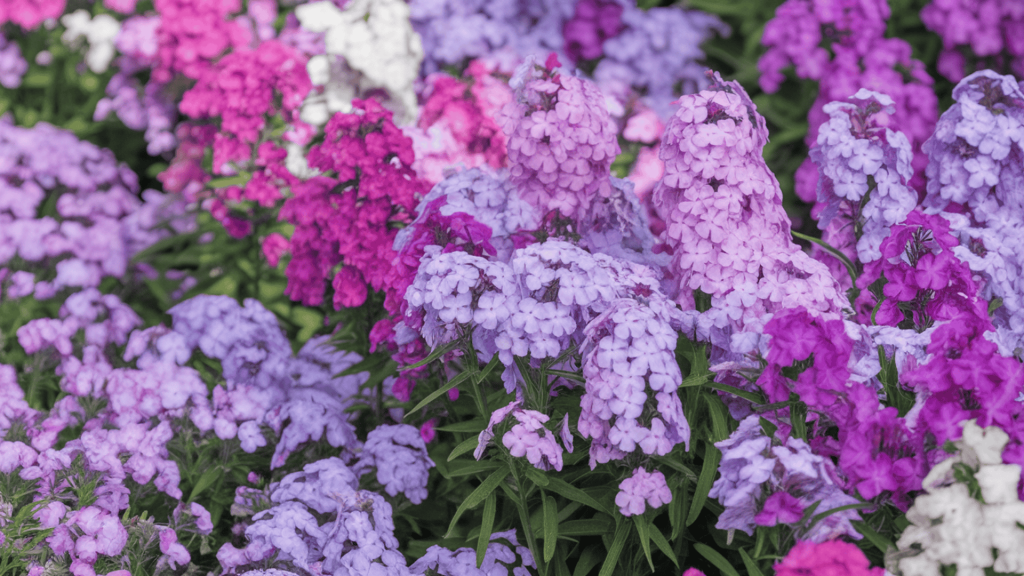
Garden phlox offers fragrant clusters, while creeping types make excellent ground cover. Both varieties come in many colors and attract butterflies with their sweet scent.
- Exposure: Full sun to partial shade
- Bloom time: Mid to late summer
- Zone: 3-8
- Height: 6 inches-4 feet
8. Daylilies
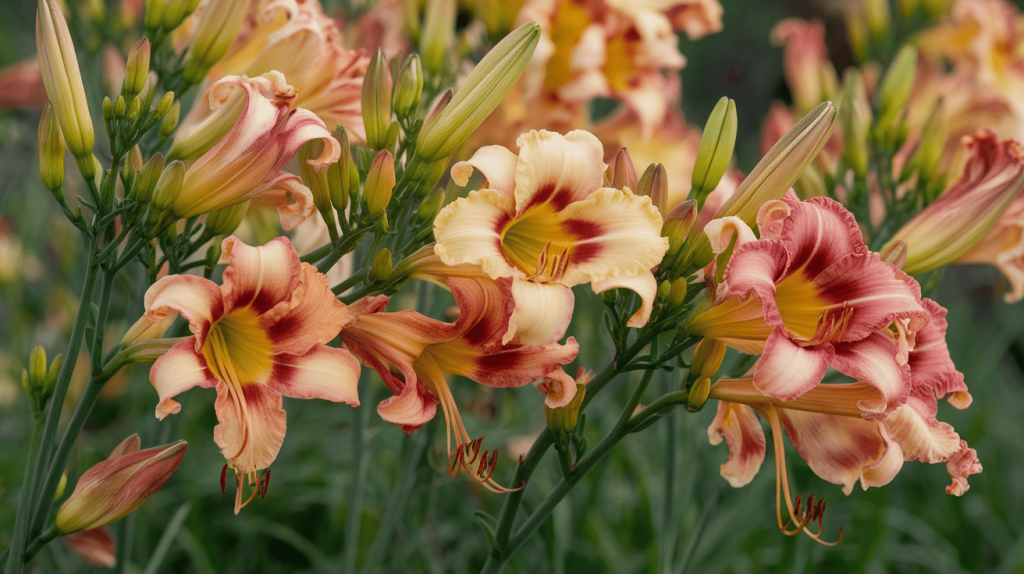
Each flower lasts just one day, but plants produce dozens of buds for weeks of color. Available in countless colors and sizes, they’re nearly indestructible once established.
- Exposure: Full sun to partial shade
- Bloom time: Early summer through fall
- Zone: 3-9
- Height: 1-4 feet
9. Lavender
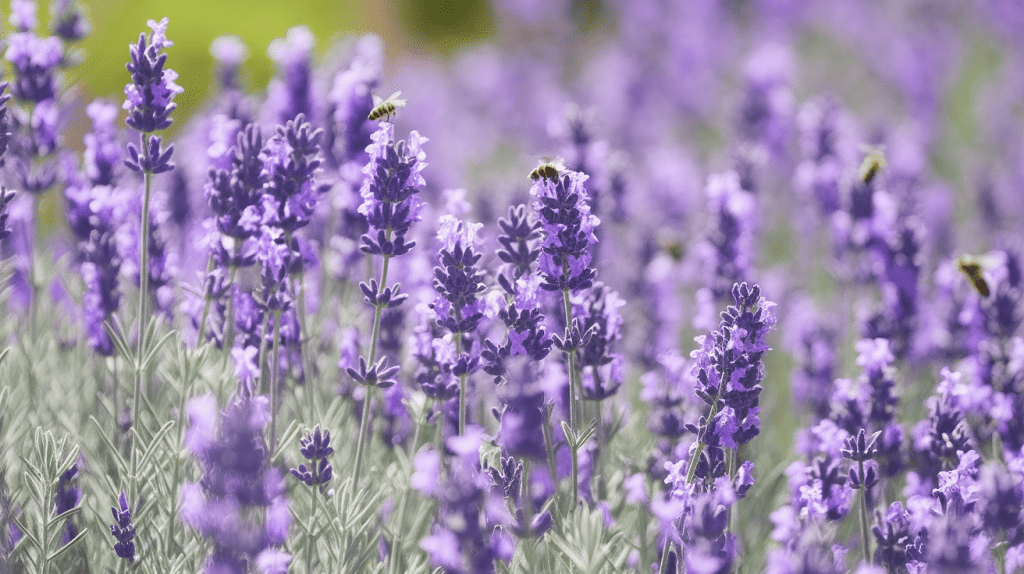
Known for their soothing aroma, attract bees while providing herbs for cooking and crafts. This Mediterranean native thrives in poor soil and handles drought well once established.
- Exposure: Full sun
- Bloom time: Late spring through summer
- Zone: 5-9
- Height: 1-3 feet
10. Sweet Peas
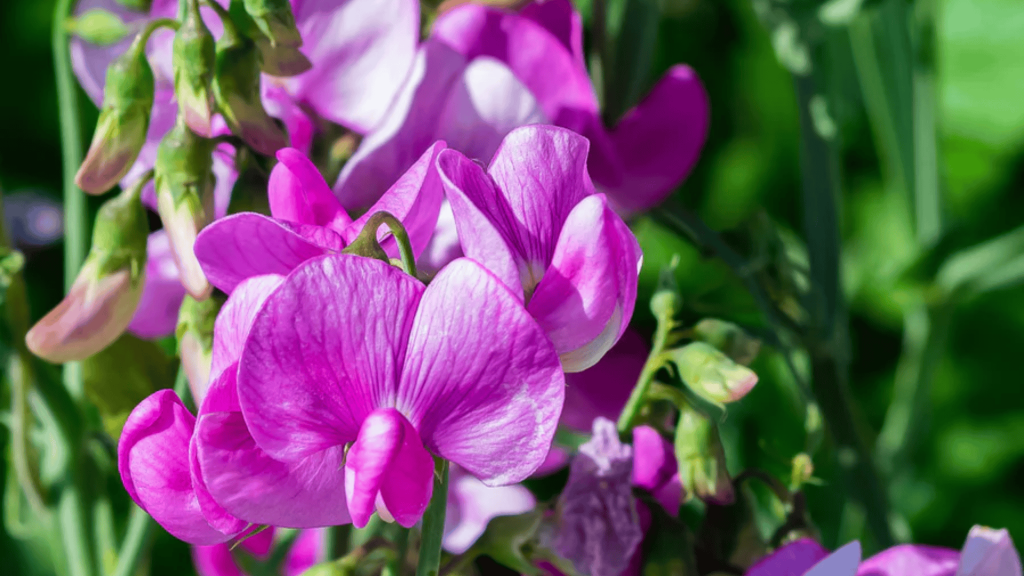
Climbing annual vines with intensely fragrant flowers in pastel colors. They prefer cool weather and work beautifully on trellises, fences, or teepee supports.
- Exposure: Full sun to partial shade
- Bloom time: Spring through early summer
- Zone: 2-11 (annual)
- Height: 6-8 feet
11. Dianthus (Pinks)
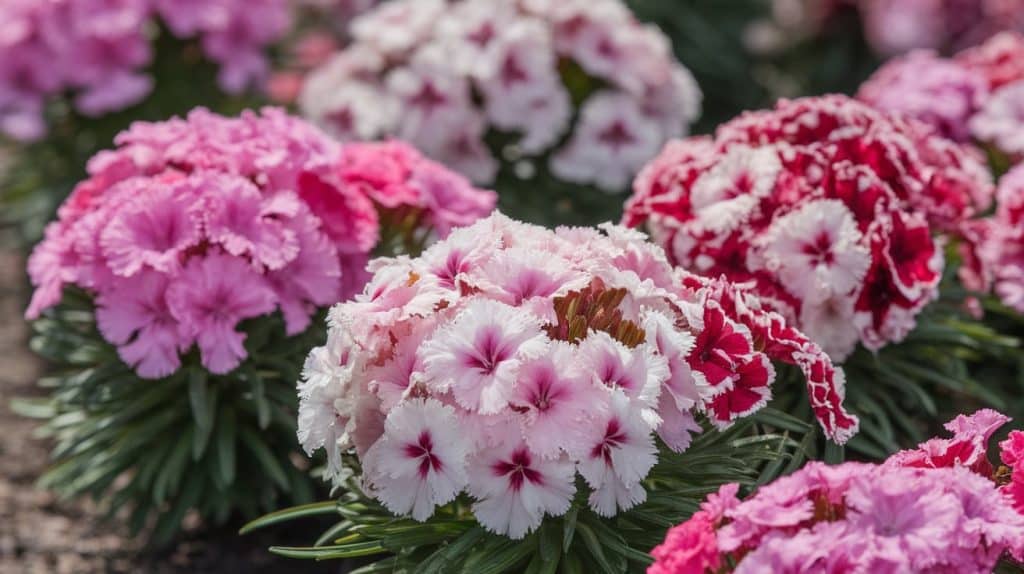
Spicy-scented flowers with fringed petals come in pink, white, and red. These compact plants work well for edging paths or filling spaces between larger plants.
- Exposure: Full sun
- Bloom time: Late spring through summer
- Zone: 3-9
- Height: 6-18 inches
12. Peonies
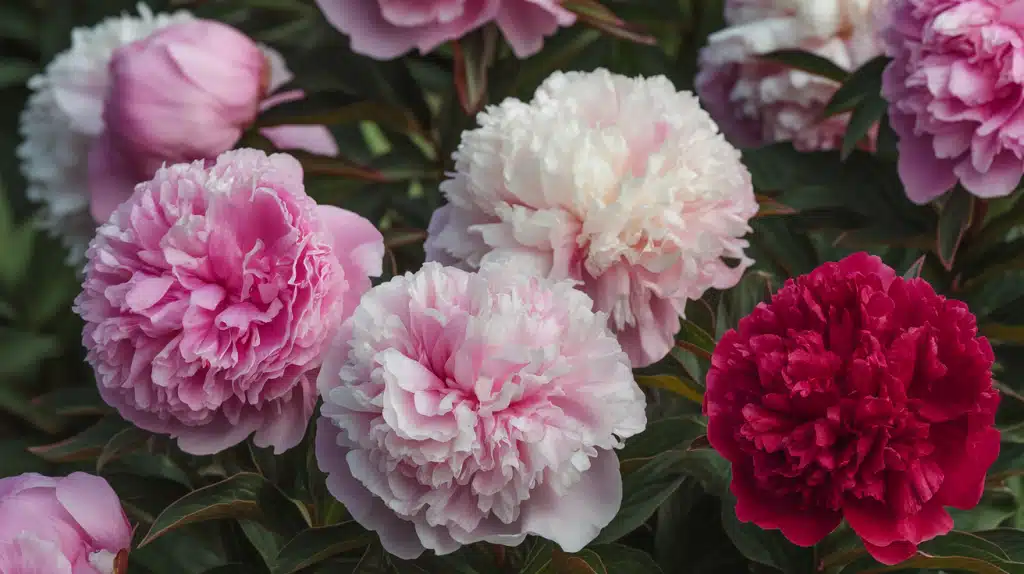
Large, ruffled blooms in spring create stunning displays that return faithfully each year. These long-lived perennials can bloom for decades in the same spot.
- Exposure: Full sun to partial shade
- Bloom time: Late spring to early summer
- Zone: 3-8
- Height: 2-4 feet
13. Clematis
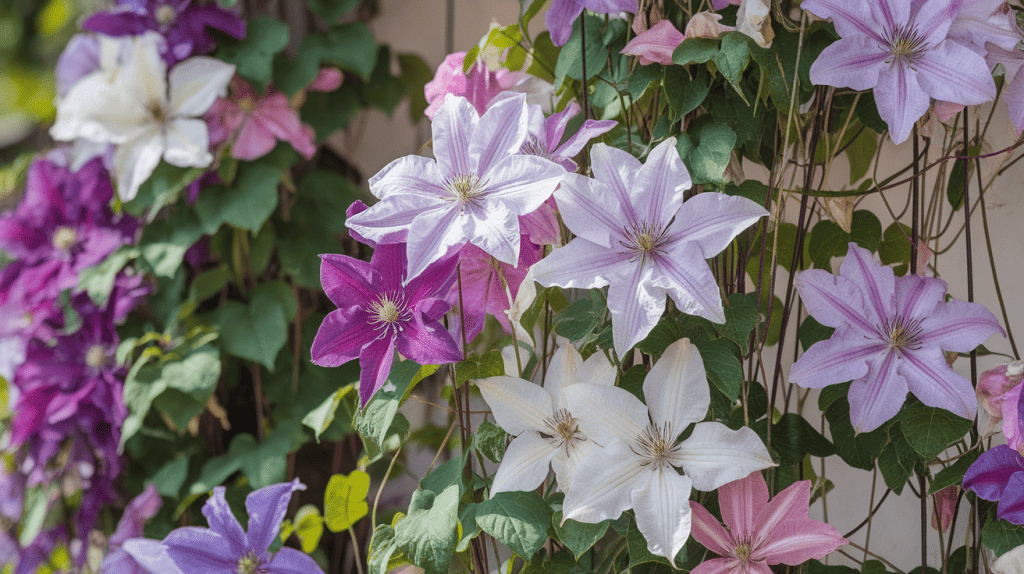
Climbing vines with flowers ranging from tiny stars to dinner plate-sized blooms. They love having their roots shaded but want their tops in the sun.
- Exposure: Full sun (roots shaded)
- Bloom time: Varies by variety – spring through fall
- Zone: 4-9
- Height: 6-20 feet
14. Honeysuckle
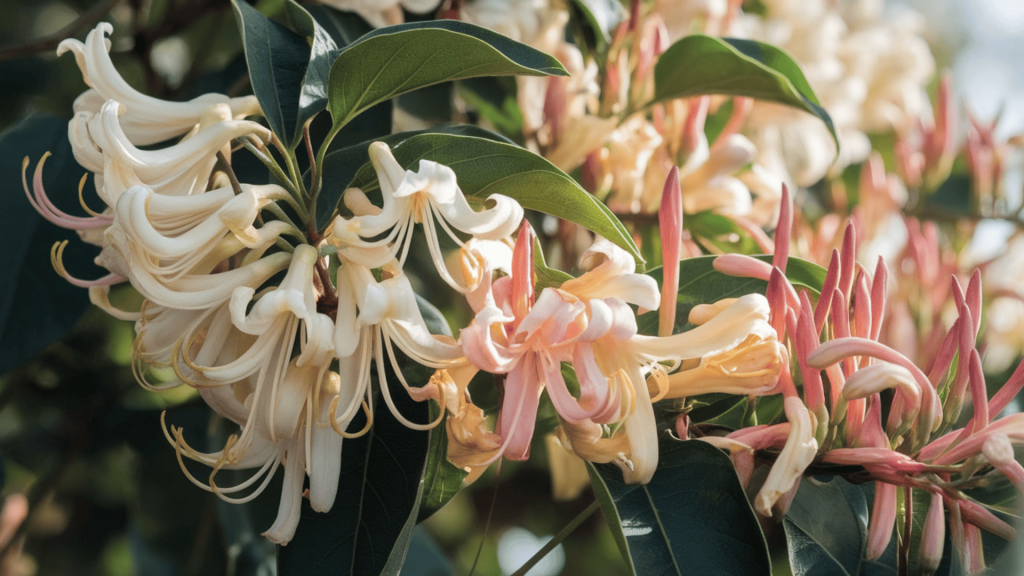
With perfume-like blooms, they attract hummingbirds and moths. This vigorous vine can quickly cover fences, arbors, or walls, but may require pruning to control its growth.
- Exposure: Full sun to partial shade
- Bloom time: Late spring through summer
- Zone: 4-9
- Height: 10-20 feet
15. Morning Glory
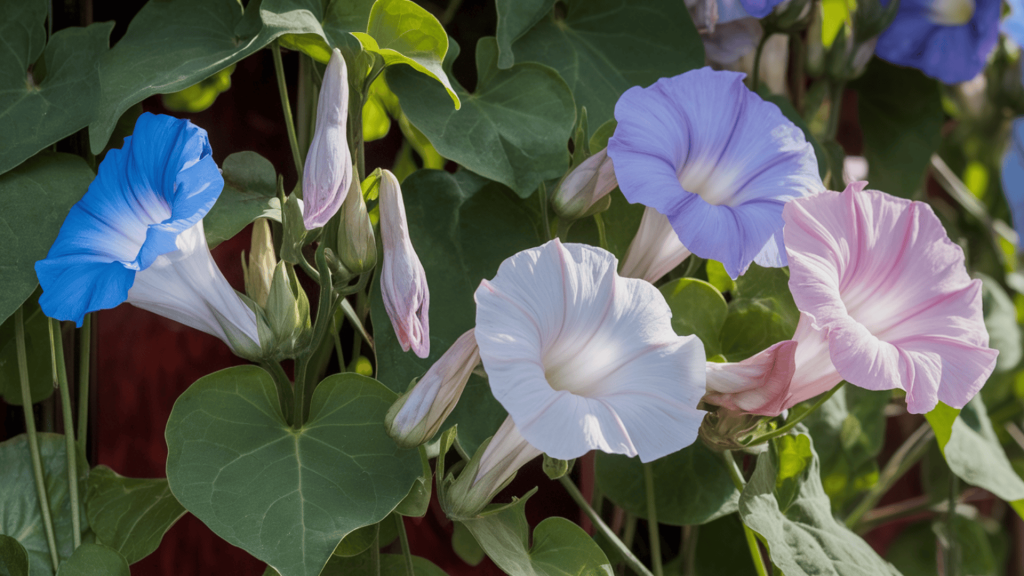
Heart-shaped leaves and trumpet flowers that open with the sunrise. These annual vines grow quickly and self-seed readily in most gardens.
- Exposure: Full sun
- Bloom time: Summer through fall
- Zone: 2-11 (annual)
- Height: 6-12 feet
16. Hydrangeas
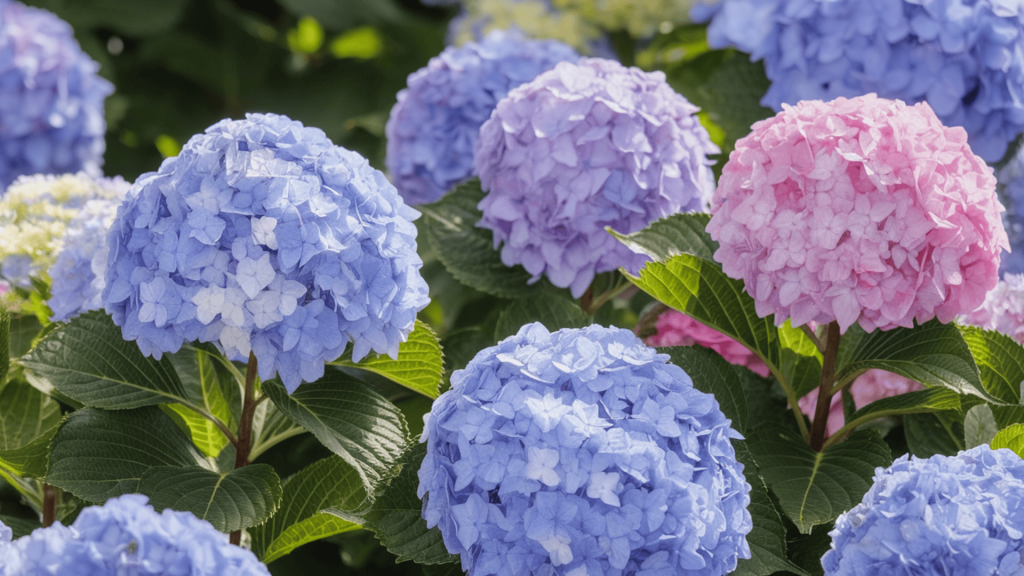
Large flower heads in blue, pink, or white, depending on soil conditions. These reliable shrubs anchor the garden with their large, showy blooms and excellent cut flowers.
- Exposure: Partial shade to partial sun
- Bloom time: Mid-summer through fall
- Zone: 3-9
- Height: 3-8 feet
17. Lilacs
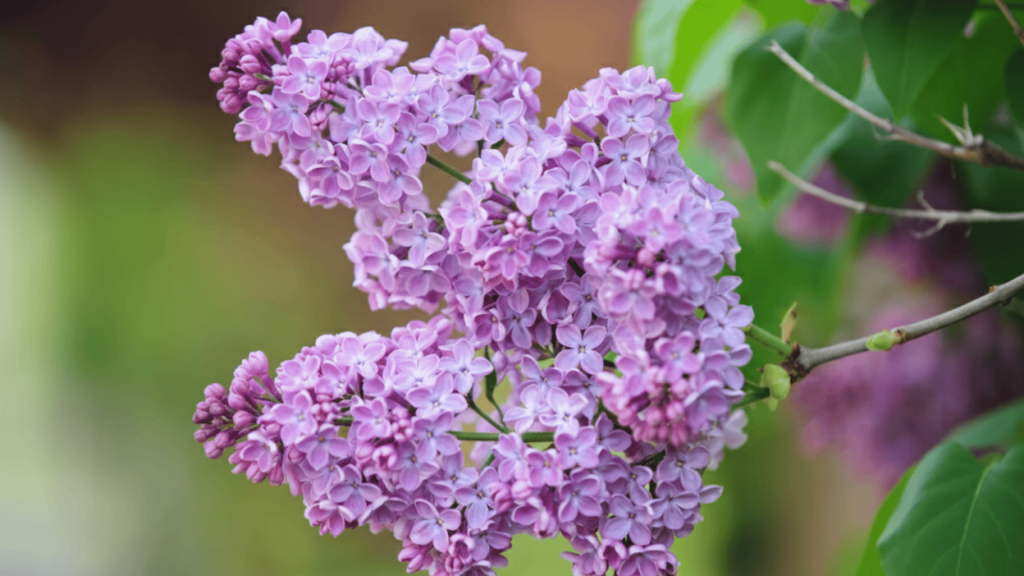
Their heady scent signals spring in shades of purple, white, or pink, marking the beginning of the growing season. These hardy shrubs can live for decades and make excellent privacy screens.
- Exposure: Full sun
- Bloom time: Late spring
- Zone: 3-7
- Height: 6-15 feet
18. Boxwood
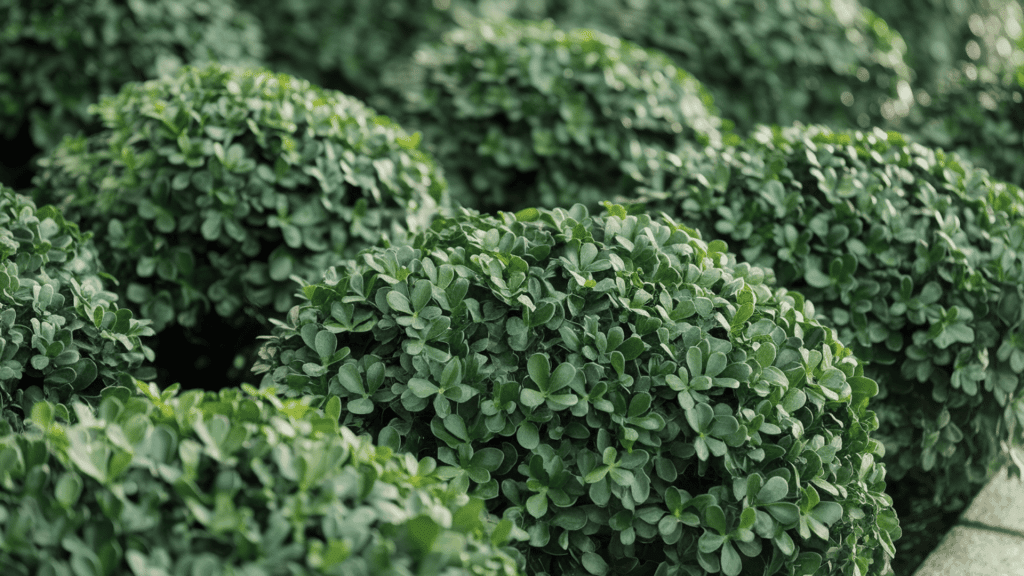
Evergreen shrubs are perfect for low hedging and ideal for edging and defining pathways. They can be left natural or lightly trimmed to maintain shape.
- Exposure: Full sun to partial shade
- Bloom time: Not grown for flowers (evergreen foliage)
- Zone: 5-9
- Height: 2-8 feet
19. Black Eyed Susans
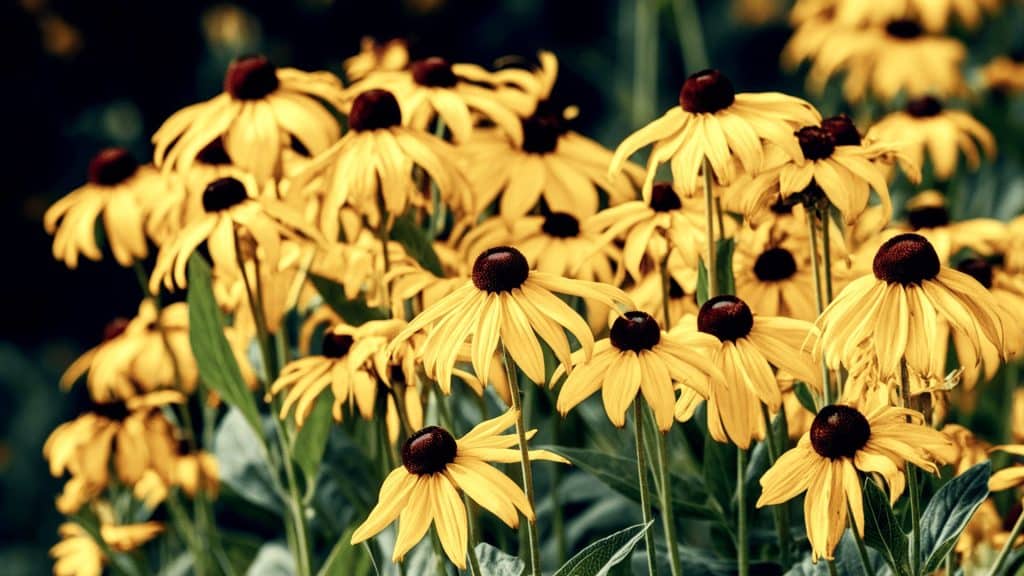
Bright yellow petals with dark centers bloom from summer into fall. These native wildflowers spread naturally and provide seeds for birds in winter.
- Exposure: Full sun to partial shade
- Bloom time: Mid-summer through fall
- Zone: 3-9
- Height: 1-3 feet
20. Bee Balm (Monarda)
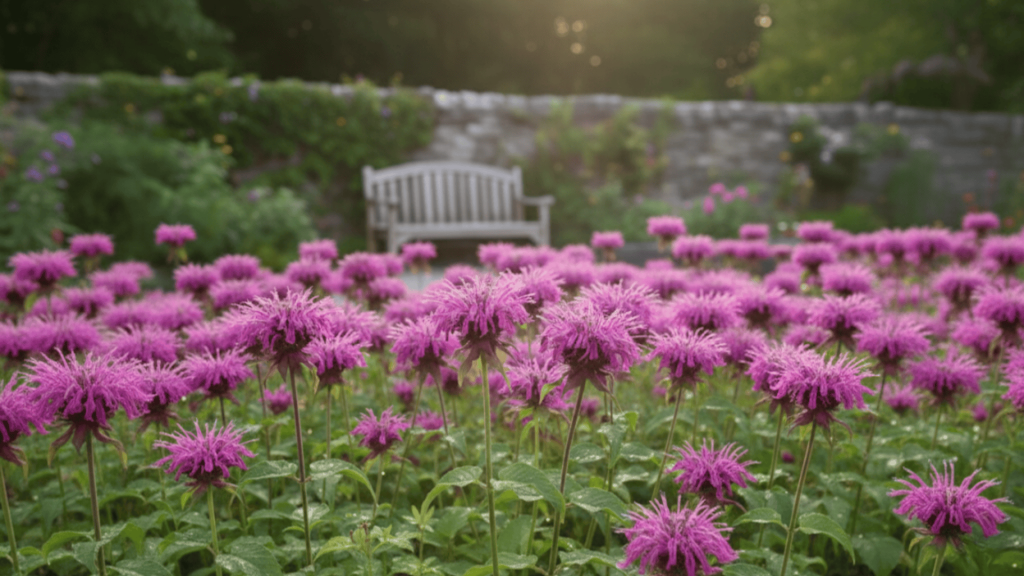
Spiky red, pink, or purple flowers attract feeding birds. This native plant spreads by underground runners and makes excellent herbal tea.
- Exposure: Full sun to partial shade
- Bloom time: Mid to late summer
- Zone: 4-9
- Height: 2-4 feet
21. Catmint (Nepeta)
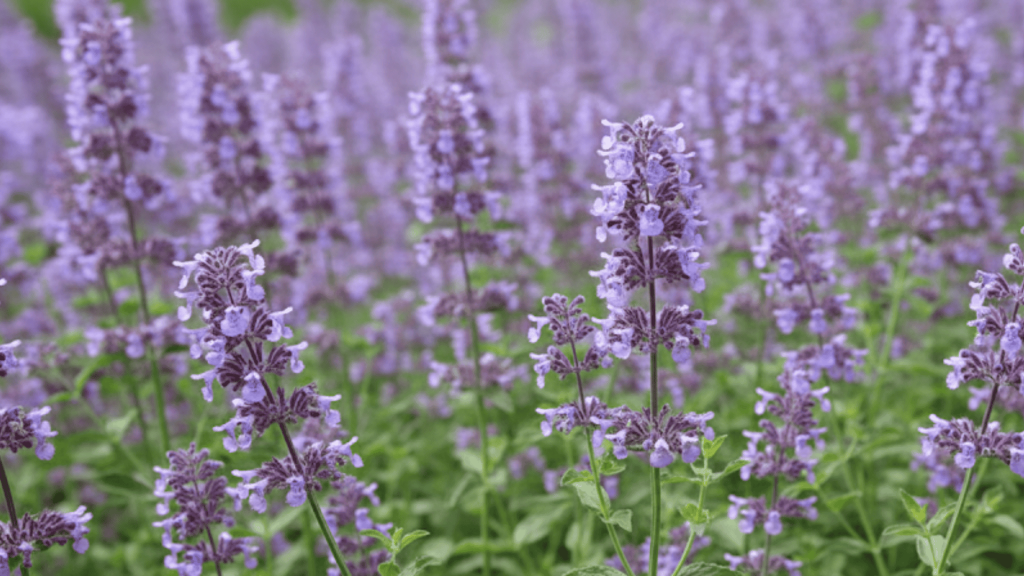
Low mounds of gray-green foliage topped with purple-blue flower spikes. This drought-tolerant plant blooms repeatedly when cut back, and deer usually avoid it.
- Exposure: Full sun to partial shade
- Bloom time: Late spring through fall
- Zone: 3-8
- Height: 1-3 feet
22. Tulips
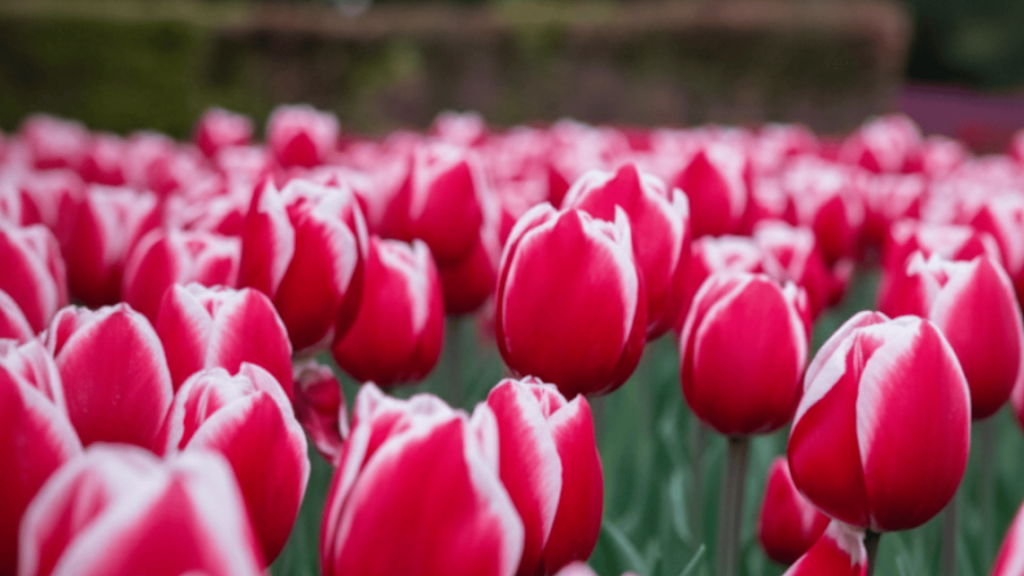
Spring bulbs in every color except true blue bring early-season color. Plant different varieties for blooms from early spring through late spring.
- Exposure: Full sun to partial shade
- Bloom time: Early to late spring
- Zone: 3-8
- Height: 6-24 inches
23. Daffodils
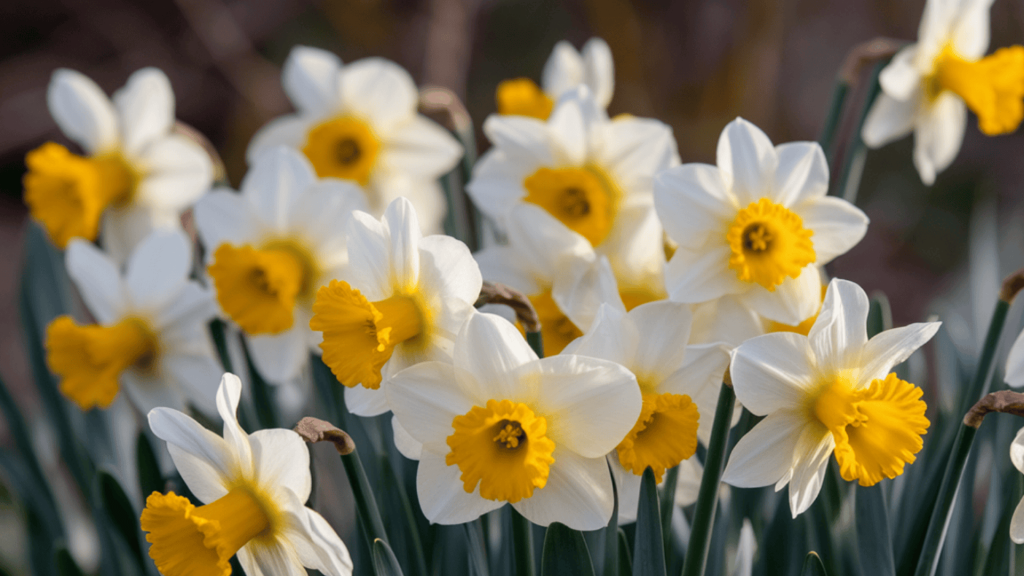
Reliable spring bulbs that deer and rodents avoid. They naturalize easily, forming larger clumps each year and providing early nectar for bees.
- Exposure: Full sun to partial shade
- Bloom time: Early to mid spring
- Zone: 3-9
- Height: 6-20 inches
24. Poppies
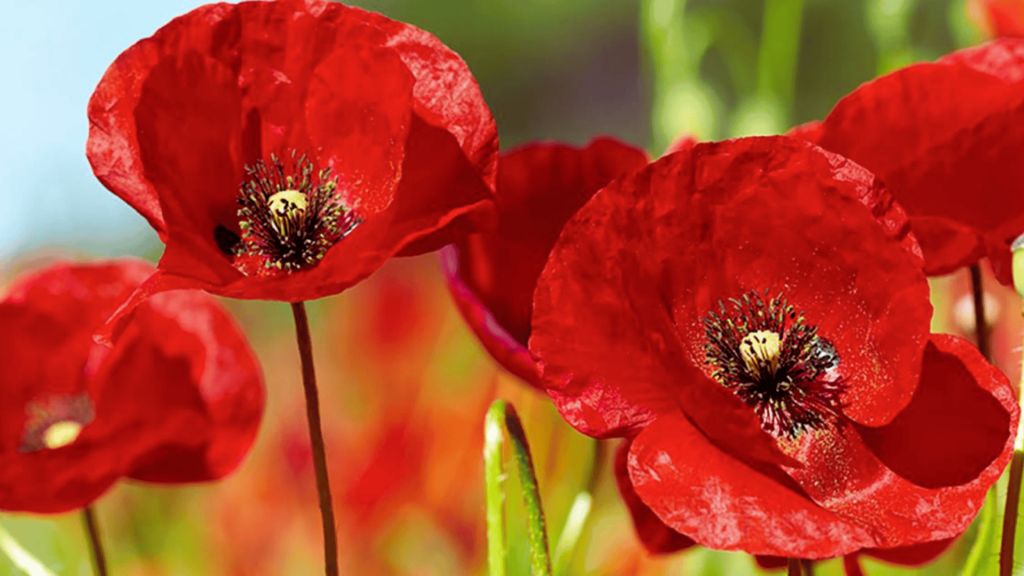
Papery flowers in bright colors dance in the breeze above feathery foliage. Both annual and perennial types often spread themselves with little help, filling gaps beautifully.
- Exposure: Full sun
- Bloom time: Late spring through summer
- Zone: 2-9
- Height: 1-4 feet
25. Geraniums (Hardy Cranesbill)
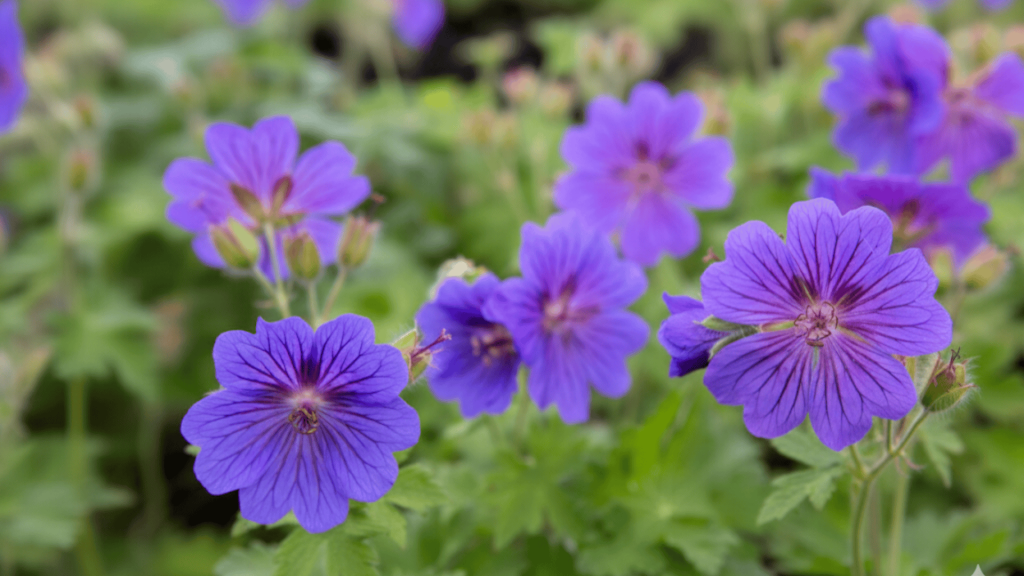
Not the red geraniums in pots, but hardy perennials with small flowers in pink, purple, or white. They make excellent ground cover and have attractive, divided foliage.
- Exposure: Partial shade to full sun
- Bloom time: Late spring through summer
- Zone: 4-8
- Height: 6 inches, 2 feet
How to Design with Cottage Plants?
Creating a cottage garden isn’t about following strict rules. It’s about mixing plants in a way that looks natural and feels welcoming.
1. Start with Structure: Start with long-lasting shrubs and climbers such as roses, lilacs, or hydrangeas. Place these larger plants first, then fill in with medium-height flowers, such as delphiniums and peonies.
Finally, add low-growing plants, such as catmint, to fill in the gaps.
2. Layer Your Heights: Tall plants go in the back, medium ones in the middle, and short ones in the front. But let some shorter plants pop up unexpectedly for a natural look.
Add climbing plants, such as clematis or sweet peas, for vertical interest without occupying ground space.
3. Plan Your Colors: Stick to three main colors per area to avoid chaos. Pink roses with purple catmint and white daisies work beautifully.
Cool colors evoke a sense of calm, while warm colors convey an energetic feel. Group similar tones together for the best results.
4. Think Season-Long Blooms: Start with spring bulbs, add early summer peonies, include mid-summer coneflowers, and finish with fall bloomers.
This keeps something interesting happening from spring through frost.
5. Let Plants Self-Seed: Leave bare soil for poppies, foxgloves, and sweet peas to pop up naturally.
These volunteer seedlings often create the most beautiful combinations you never would have planned.
Tips for Success in a Cottage Garden
These simple care practices will keep your cottage garden plants healthy and blooming beautifully year after year.
- Water deeply but less often, aiming at the soil level in the early morning to prevent disease.
- Focus on drainage over perfect soil. Add compost each spring, but don’t worry about poor soil conditions.
- Remove spent blooms to encourage more flowers, except for foxgloves and poppies, which should self-seed.
- Split overgrown perennials every 3-4 years to keep them healthy and get free plants.
- Use thin organic mulch to suppress weeds, but avoid thick layers that block self-seeding.
- Stake tall plants, such as delphiniums, early, using natural supports that blend in.
Conclusion
Your cottage garden plants will reward you with years of beauty once you understand their simple needs.
From the reliable blooms of shasta daisies to the romantic charm of climbing roses, these time-tested favorites create gardens that feel both wild and welcoming.
Remember that cottage gardens improve with age. What starts as separate plants gradually weaves together into a living tapestry.
These cottage garden plants typically require minimal care once established. Your main job is simply to enjoy the butterflies, bees, and birds they attract.
Ready to start your own cottage garden?
Pick three plants from our list that match your growing conditions and plant them this season. Your future self will thank you.
